What is predatory product design?
My definition of predatory product design is when manufacturers employ design features that encourage the purchase of newer products, over the continued use of older products, by decreasing the effective lifespan of their products and reducing the ability of consumers to conduct repairs. [1]
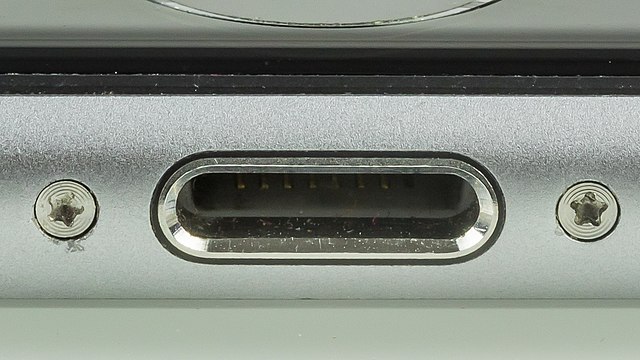
The iphone 6s with pentalobe screws – Source: Wikipedia [2]
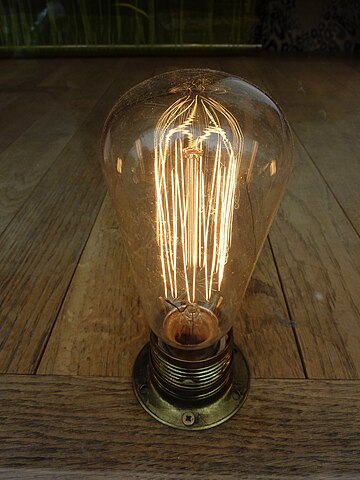
A light bulb represents the Pheobus cartel, one of the first instances of planned obsolescence practices – Source: Wikipedia [2]
The two main aspects of predatory product design are anti-repair practices and planned obsolescence.
Anti-repair practices are design and manufacturing practices employed to make products more difficult to repair by making it more limiting consumers ability to procure spare parts, access the internals of products, limit the usage of replacement parts through software, end software support early and many more.
The main intention is to increase the cost of repair in time and money such that consumers are encouraged to purchase new products instead of attempting repairs. [1]
Planned obsolescence promotes the need or want to purchase newer or replacement goods. Common features of planned obsolescence are small aesthetic changes between models, components which have been designed to last only for the warranty period; often as a result of cost-saving measures, the inability to upgrade and repair components (anti-repair practices) and more.
These utilise mechanical and social factors to reduce the time between repeat purchases by consumers, with aesthetic changes inciting FOMO and artificial slowdown of devices prompting users to upgrade to newer, ‘faster’, models. [1]
These practices are detrimental to the consumer as they mean you spend more money on products that last shorter than they could. During Covid-19 anti-repair practices were responsible for hospitals struggling to receive maintenance for important equipment such as ventilators.
Apple claims that water-damaged boards cannot be repaired, and data recovered, however, third-party repair shops have been able to repair the boards and recover data thought lost.
Popular brands of washing machines often have faults with a key component, this component can be bought online for a few pounds and repair shops can easily enact the repairs, however the manufacturers only offer a replacement for the entire board which is often priced at hundreds of pounds. This excludes labour costs and incentivises customers to replace the entire machine instead of repairing their existing machine. [3]
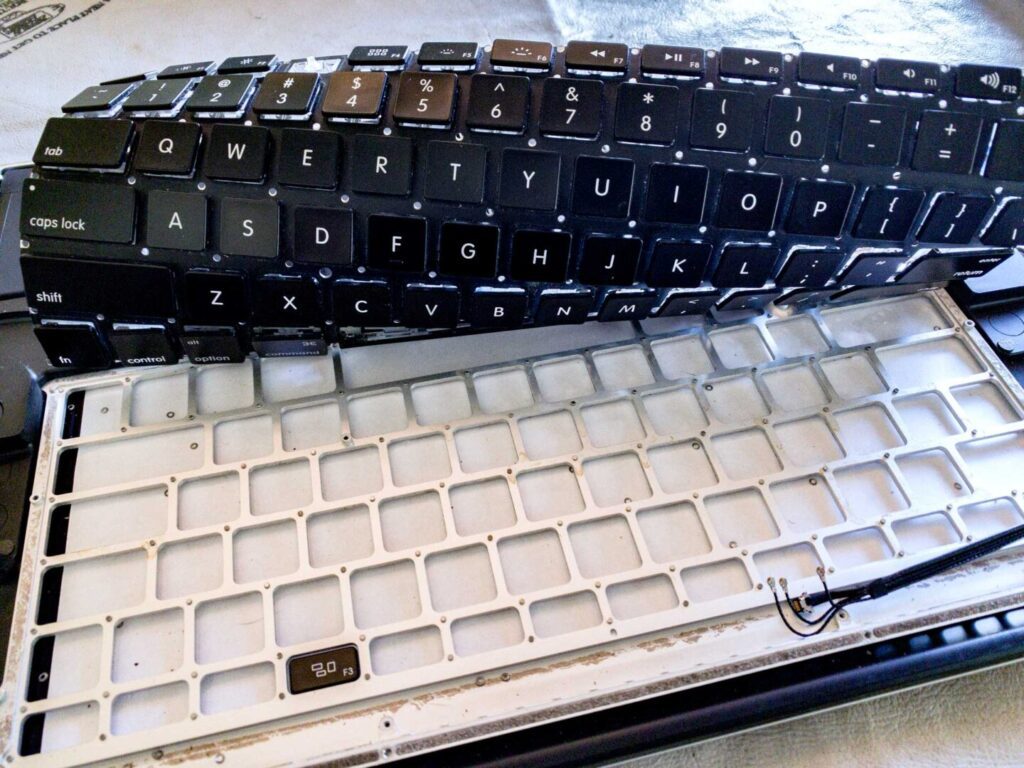
Apple macbook pro keyboard stuck down using rivets – Source: Leslie Wong [4]
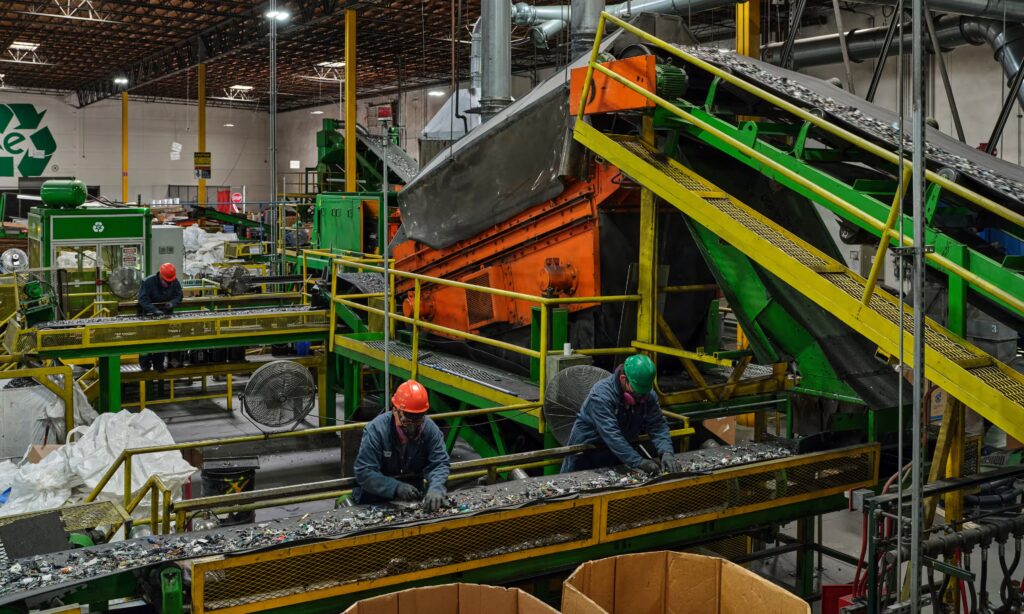
Electronics recycling – Source: The Guardian [5]
Predatory product design is the largest contributor to the drastic increase to electronic waste on the planet. The incentive to keep switching devices to newer models to keep up with social expectations, to renew the performance of your device or to replace your device due to expensive repair costs leads to tonnes of electronic waste. The issue is that this waste is not disposed of in long-term sustainable way.
In most devices there are large amounts of useful but also toxic materials and chemicals, however this waste is not recycled most of the time leading to it being dumped in landfills. The toxic waste can leach into the nearby environment damaging or killing it, while the sky-high demand for these materials incentivises environmentally destructive and unsustainable mining and processing of these materials.[1]
However, the issue is not as simple as implementing recycling, as recycling is not, and never will be in our lifetimes, profitable and therefore is an unsustainable business in today’s economy. It is a conundrum that for a sustainable future, we need an unsustainable industry.
Actions to help
But to look on the bright side here are some things you can do to help reduce the power of companies to use predatory product design. Support right to repair bills, these if enacted and with sufficient coverage will ensure that consumers are able to access the necessary components and instructions to conduct repairs without needing to pay an arm and a leg. [6]
The EU is pushing legislation to transition to a circular economy. This would provide a much more sustainable economy where the reuse and reduction of products and consumption would come first, reducing the amount of waste we produce and therefore the need for recycling in the first place. As well as this a circular economy would ensure the lifecycle and journey of products can be understood at any time by consumers. [7]
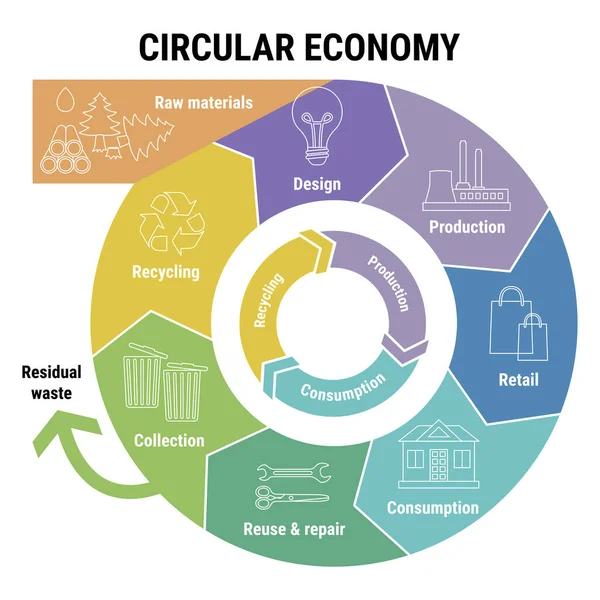
Source, UK Gov [1]
Get in Touch with Us!
We’d love to hear from you. Whether you have feedback, suggestions, or want to share insights related to sustainability and environmental truth, your voice matters. At Earth Athenaeum, we believe in open dialogue and collaboration to uncover and explore the realities behind green initiatives and corporate claims.
If you have questions, ideas, or simply want to connect, feel free to reach out — we’re here to engage, listen, and learn together.
Reference List And Further Reading
[1] – Dhanani R. The History of Planned Obsolescence | Timeline Infographic [Internet]. The Sustainable Agency. 2025. Available from: https://thesustainableagency.com/blog/the-history-of-planned-obsolescence/
[2] – Wikipedia Contributors. Planned obsolescence [Internet]. Wikipedia. Wikimedia Foundation; 2019. Available from: https://en.wikipedia.org/wiki/Planned_obsolescence
[3] – Rezende JA. We need the right to repair to be universal – [Internet]. Right to Repair Europe. 2023. Available from: https://repair.eu/news/we-need-the-right-to-repair-to-be-universal/
[4] – Wong ML. Macbook Keyboard Rivets [Internet]. A Leslie Wong Blog. 2019. Available from: https://www.lesliewong.us/2019/03/27/macbook-keyboard-rivets/
[5] – Franklin-Wallis O. “I spot brand new TVs, here to be shredded”: the truth about our electronic waste. The Guardian [Internet]. 2023 Jun 3; Available from: https://www.theguardian.com/environment/2023/jun/03/i-spot-brand-new-tvs-here-to-be-shredded-the-truth-about-our-electronic-waste
[6] – Right to repair [Internet]. Wikipedia. 2022. Available from: https://en.wikipedia.org/wiki/Right_to_repair
[7] – European Commission. Circular Economy Action Plan [Internet]. environment.ec.europa.eu. European Commission; 2023. Available from: https://environment.ec.europa.eu/strategy/circular-economy-action-plan_en
